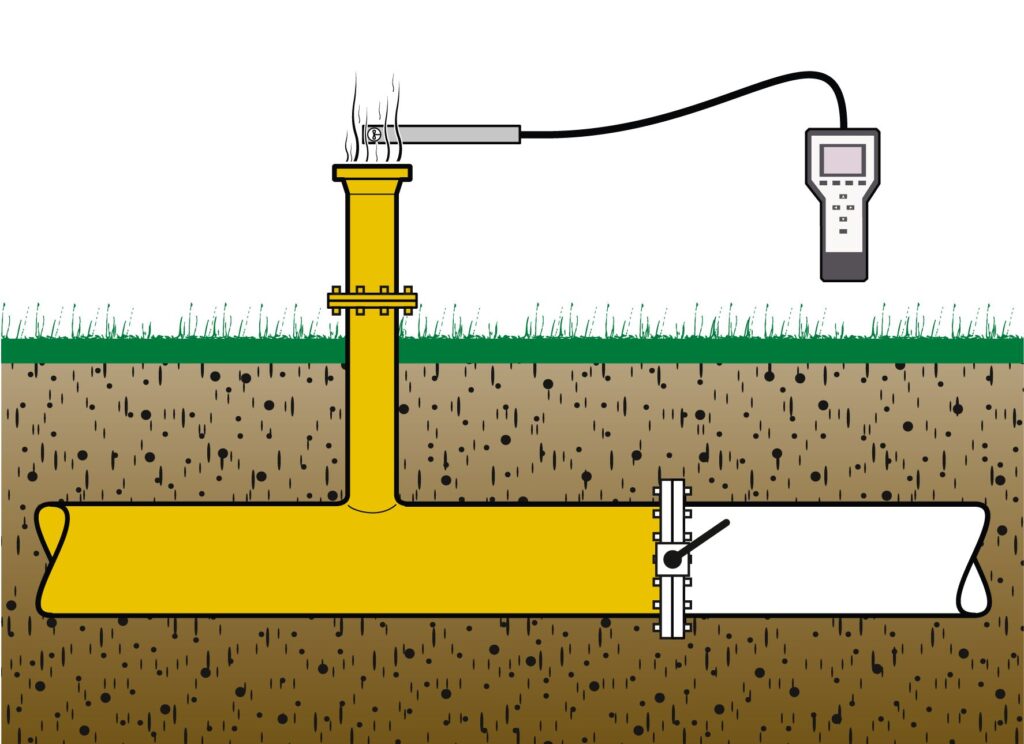First, consider the frustration when pipeline locating equipment fails to detect buried utilities.
In fact, over 60% of water and gas pipeline damage occurs due to faulty tracer wire systems. Traditionally, contractors used pure copper or aluminum tracers, but these often corrode or break within 5-8 years. Fortunately, modern copper-clad steel tracer wire solves these problems permanently.
Specifically, our copper-clad steel construction combines the best features of both materials.
While copper provides excellent conductivity for locating signals, the steel core adds unmatched tensile strength. For example, standard 14 AWG copper-clad steel tracer wire can withstand over 500 pounds of pulling force during installation – meanwhile, pure copper wires typically break at just 200 pounds.
Moreover, the corrosion resistance makes this product ideal for challenging environments.
In coastal areas where saltwater accelerates metal decay, our tracer wire lasts 3-5 times longer than conventional options. Recent tests in Florida’s acidic soils showed our copper-clad steel maintained 98% signal strength after 10 years, whereas standard copper tracers failed completely in just 6 years.
Additionally, the installation benefits deserve attention.
Because the steel core prevents stretching, contractors can use standard trenching equipment without special precautions. During a recent gas pipeline project in Texas, crews reported 30% faster installation compared to working with fragile pure copper wires.
Finally, proper installation remains crucial. While our tracer wire is more durable, we always recommend:
- Using continuous lengths without splices
- Placing it within 6 inches of the pipeline
- Marking all above-ground termination points clearly
In conclusion, upgrading to copper-clad steel tracer wire represents one of the most cost-effective improvements for underground utility systems. Not only does it prevent locating failures, but it also reduces maintenance costs and extends asset life significantly.

